Bulldozers are big, heavy and powerful machines, used for construction and for demolition. If well maintained, a bulldozer can last for many years and can make a good second hand buy. Well known brands can be expected to sell for 30-50% less than their new model price. However, buying a used bulldozer is still a big financial commitment, so a buyer will want to be sure that they are buying a reliable and good value machine. This article explores the options available for used bulldozers and considers some of the key things to watch out for.
Table of Contents
The global bulldozer market
Bulldozers are distinct and powerful machines
There is a wide choice of used bulldozers available
What to consider when looking for a used bulldozer
Visual and physical inspection
Final thoughts
The global bulldozer market
The global bulldozer market remains healthy and growing steadily, driven by the growth in construction worldwide. Bulldozer sales exceeded USD 4.4 billion in 2021, and are expected to hit USD 6.5 billion by 2027, at a compound annual growth rate (CAGR) of 6.72% from 2021-2027. Usage spans the main heavy industries of construction, mining and infrastructure, but also has much needed applications for military and agriculture.
Bulldozers are distinct and powerful machines

Bulldozers, affectionately called ‘dozers’, are tracked machines that use a front blade for pushing large volumes of material, typically sand, gravel, earth, rubble, snow, and other loose materials. The bulldozer blade size, measured in cubic inches or centimeters, determines how much volume the bulldozer can push. The engine and machine weight determine the power and traction the bulldozer can generate to move the material. That same power can also be used to pull large objects. There are also bulldozers with large off-road wheels instead of tracks, but these are less common than the tracked ‘crawler’ versions.
Bulldozers have a low center of gravity, to provide the best traction and to give maximum stability on slopes and uneven ground. They are designed to be slow moving with an optimum speed of around 3 mph.
There are three main types of blades commonly fitted to the front of the bulldozer:
- The S blade is straight, quite flat, and short, with no lateral curve or side wings. This is commonly used for leveling and grading.
- The U blade is tall, with a distinct curve. It has large side wings to hold in the materials and to maximize the push load.
- The combination S-U blade is short, with less curve than the U blade, and with smaller side wings. This is typically used for pushing large rocks, and the side wings prevent material rolling out of the sides of the blade.
Blades can be attached straight, or at an angle. In all cases they are attached to two boom arms, can be lifted and lowered, and can be tilted to vary the push angle.
The most common rear attachment is a ripper. This is a large claw-like tool mounted singly, or in multiples, on the rear of the bulldozer. The ripper is used to loosen dense and impacted materials, and is fitted with a ‘boot’, a tungsten steel alloy tip that is replaceable as it wears.
Bulldozers may appear similar to other construction machines, such as front loaders, skid steers, and excavators. They all use a tractor-like body and a front attachment to move materials. However, a bulldozer’s strength is in pushing, pulling and ripping, whereas other machines typically have a front bucket designed for lifting, and may also have a backhoe for digging. They do occasionally get confused with bulldozers, and online searches may return results with a variety of these machines.
There is a wide choice of used bulldozers available

There are many second hand bulldozers in the market, with a wide range of sizes and power. Some brands feature more frequently. Caterpillar models have a good variety to choose from, from the smallest CAT D1 up to the largest D11 models, but common second hand machines are in the D3 to D9 range. Komatsu also features frequently, as do XCMG and Weichai.
Prices vary and there is not a clear ratio of power to capacity, or age to price. Power indicates the push and pull capability, whereas capacity indicates the size of blade. Older bulldozers are not necessarily cheaper and price will depend on condition.
A selection of different models available on Alibaba is shown below. Power is shown here in kilowatts (Kw). Advertised machines may show power rated in horsepower or kilowatts. As a rough guide, 100Hp equals 75Kw.
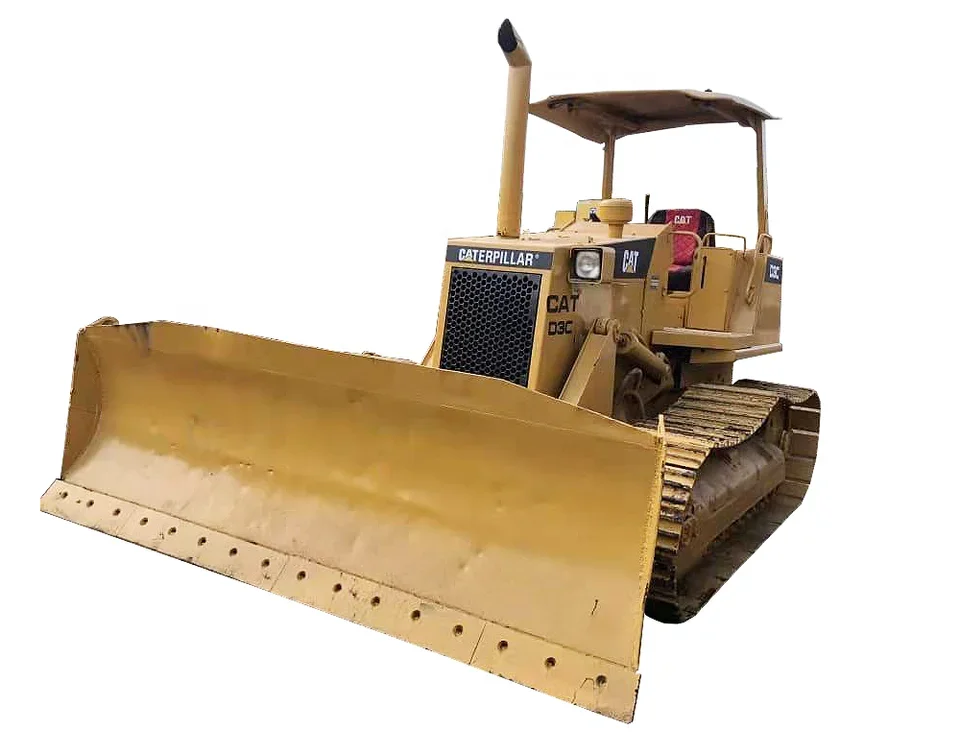 |
BladeCapacity 1.83m3 |
Model Caterpillar CAT D3C |
| Weight 7,060kg |
Year 2018 |
|
| Power 62.6Kw |
Price USD 17,364 |
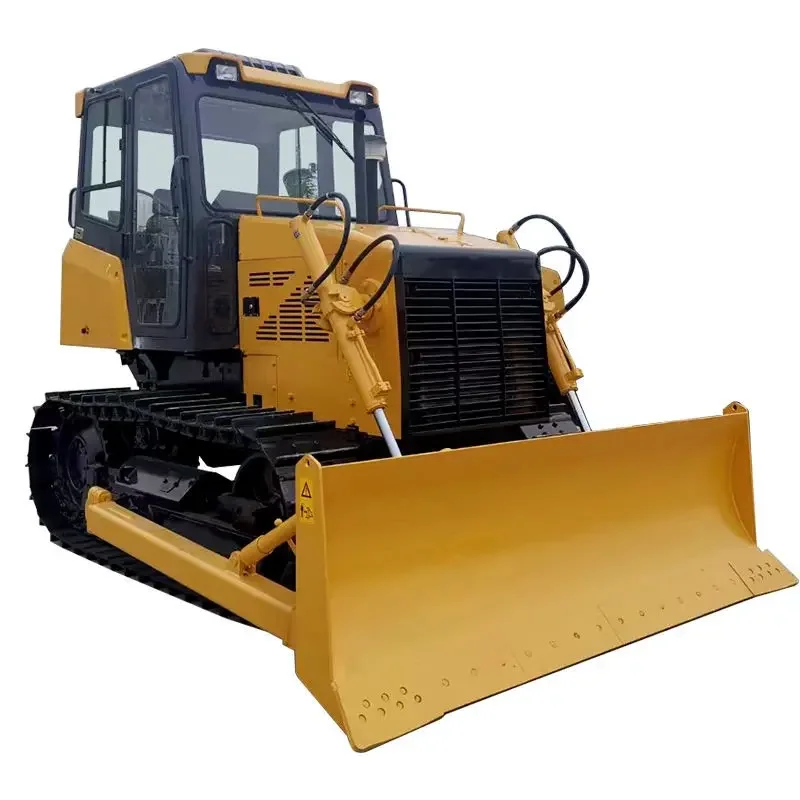 |
BladeCapacity 5m3 |
Model Wonway |
| Weight 5,000kg |
Year 2023 |
|
| Power 162Kw |
Price USD 7,500 |
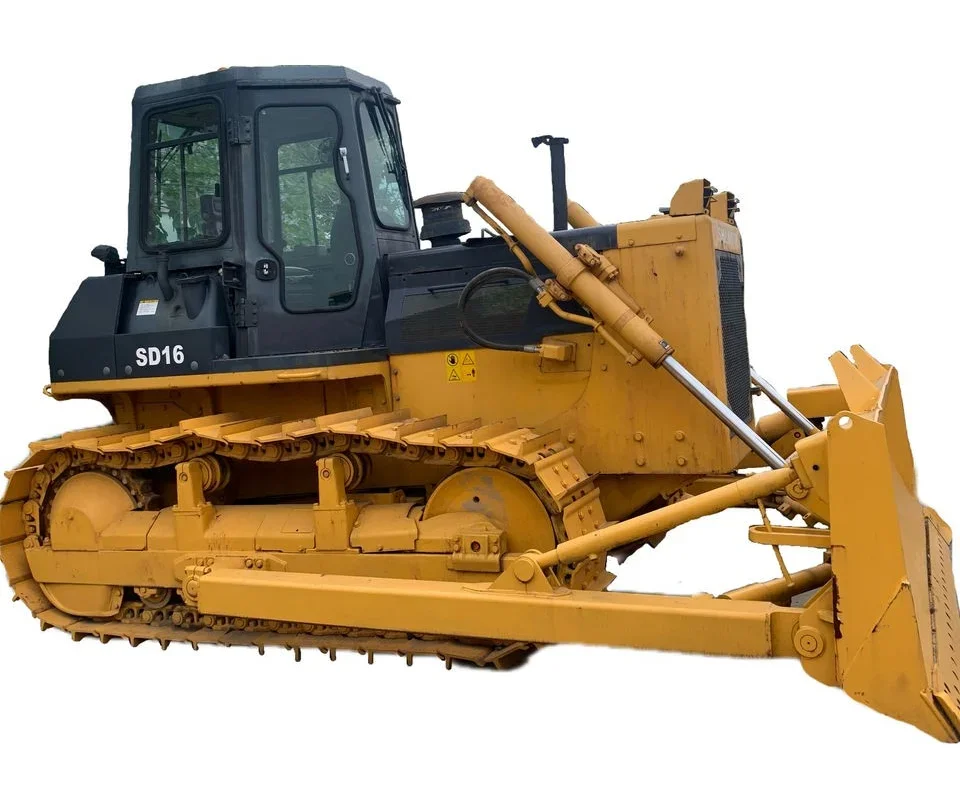 |
BladeCapacity 3.8m3 |
Model Shantui SD22 |
| Weight 18,400kg |
Year 2021 |
|
| Power 180Kw |
Price USD 21,600 |
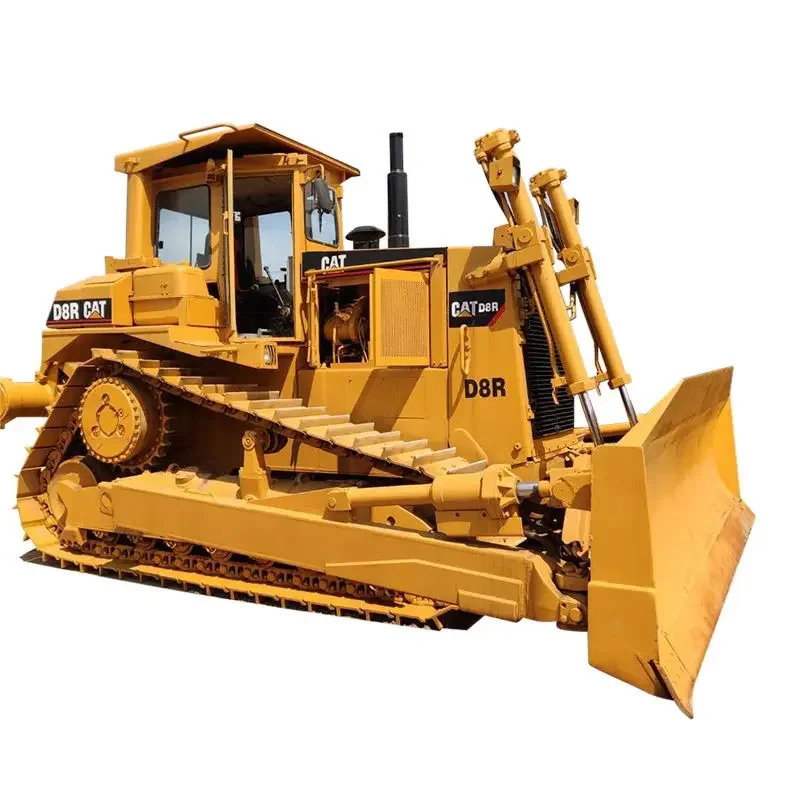 |
BladeCapacity 3.8m3 |
Model Caterpillar CAT D8R |
| Weight 38,700kg |
Year 2016 |
|
| Power 228Kw |
Price USD 40,000 |
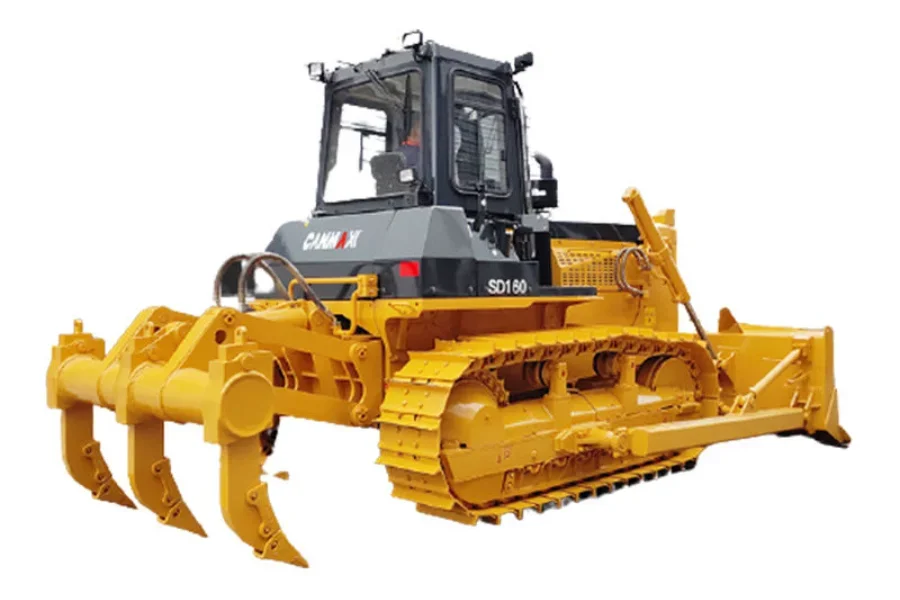 |
BladeCapacity 4.5m3 |
Model Weichai WD10G178E25 |
| Weight 17,000kg |
Year 2023 |
|
| Power 131Kw |
Price USD 10,000 |
 |
BladeCapacity 3.9m3 |
Model XCMG TY160 |
| Weight 18,700kg |
Year 2011 |
|
| Power 131Kw |
Price USD 26,000 |
What to consider when looking for a used bulldozer
Second hand bulldozers are available in a wide variety of sizes, power and prices. When buying online, it is hard to properly assess the condition, but a considerate seller will show the machine parts from several different angles.
An online buyer will first want to consider the intended purpose and of the bulldozer, intended environment, pushing capacity and power. From there, the astute buyer can narrow down to price, age and condition.
Once the type and size of machine is chosen, the buyer may have a preference for well known brands or may be prepared to opt for lesser known brands. Price is an important factor and the buyer must consider the reliability and condition of the machine in determining value for money. So the buyer will want assurance that the bulldozer is in a good working condition, and has been well maintained.
Overall look of the machine compared to the declared age, in years, gives a first impression of the bulldozer. Does the machine look new, a little used, or bashed and dented? Bulldozers work in rough conditions, so a few dents and dirty paintwork doesn’t necessarily mean lack of care. On the other hand, an older machine with a bright and shiny paint job may mean it’s been repainted to hide previous problems.
The shrewd buyer will ask up front for maintenance records, service interval evidence and will ask if any parts have been replaced. Parts do wear out, and quality new ones are readily available, so a bulldozer with good quality replacement parts can last for many years.
Of course, photos are no substitute for a thorough physical inspection, which may only be possible after delivery, so a satisfaction guarantee is important.
Visual and physical inspection
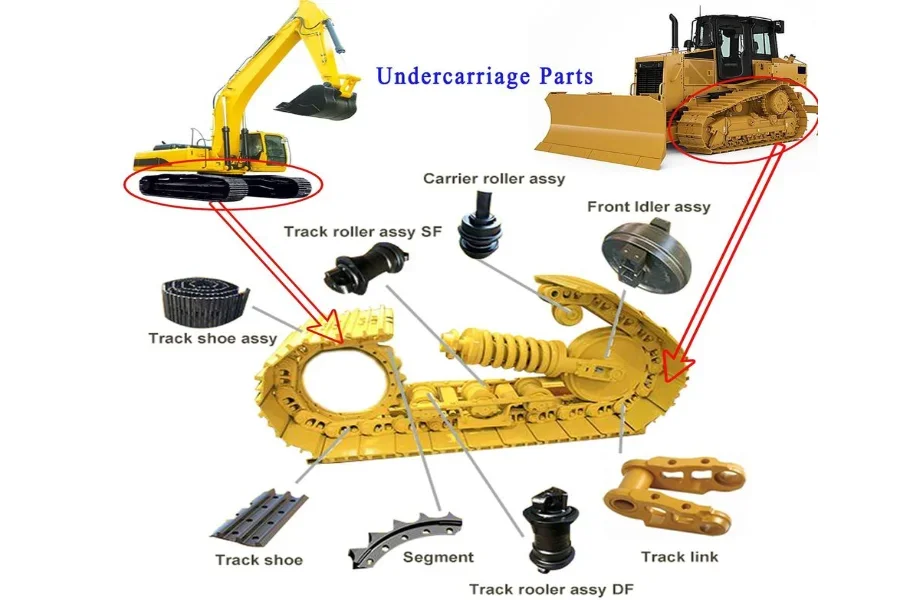
Undercarriage: Look for signs of wear and tear in the sprockets, pins, chain and rollers. Look for worn or shiny pins, or sharp edges on the bushings. Is there side to side movement on the track, as this can mean worn pins and bushings. Does the track appear slack, or does it look like a link has been removed to tighten the track? The undercarriage is important to maintain, and it must work efficiently to create sufficient traction. It reflects at least 20% of the overall cost of the bulldozer and replacement will be expensive.
Blade, ripper, and booms: inspect the blade for any signs of damage, especially along the top and bottom. Is there any sign of welding or refacing that could mean the bulldozer has suffered excessive wear? Check the blade trunnions and booms for any excessive movement that can indicate wear. Do the joints and pins look well greased? Fresh grease is a good thing, but if it is hard and caked up, then it has not been changed regularly. Lack of fresh grease can be associated with wear and tear.
Cab condition: Has the cab been well maintained? Does it look clean? Are the switches and controls intact and in good working condition? If there is a GPS, is it working? Is the seat intact and does it adjust as it should? These are all signs of whether the machine has been well treated.
Engine: The engine must be in great condition to give the needed drive power. Does it look clean, or are there signs of any leaks? With the engine running, are there any signs of smoke? Is there any dripping around the engine, as this could indicate gasket or hose problems? Does the maintenance record show any replacement parts? If quality parts were used this could extend the life of the engine, but why were they replaced? Check the service records for how frequently the hydraulic, engine oil and fuel filters have been changed.
Exhaust emissions: Modern bulldozers are usually EPA emissions certified. Check that the engine is still performing to standards with a portable exhaust emissions analyzer.
Hydraulics: Are all hose seals tight or are there signs of leaks, which would reduce hydraulic pressure? Are the hydraulic rods smooth and without signs of dents or scratches?
Final thoughts
There is a healthy market for second hand bulldozers. They are tough machines and can last for many years if maintained well. When sourcing for a used bulldozer online, ask for photos and/or videos of all major components, and ask for copies of the maintenance records. Choose a supplier that can offer a satisfaction guarantee. Once the machine is delivered, follow the above guide to inspection as a minimum. The buyer should ensure that they do as much due diligence as is reasonable and practical before committing the large capital outlay on a used machine.
Also remember that a good value buy, if subsequently well maintained, will keep its value for later sale once its project use has ended. For more information on the wide choices of used bulldozers available, check out the Alibaba.com showroom.



